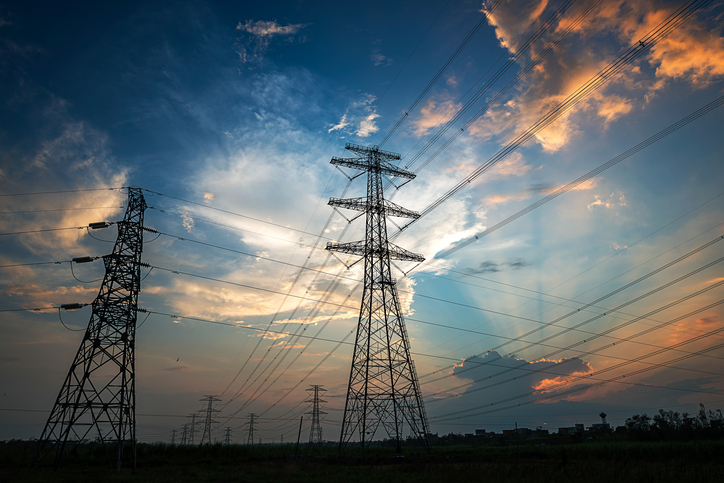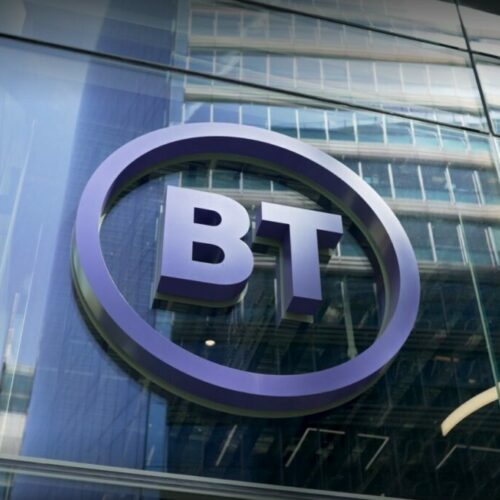During Q2 2022, domestic electricity prices increased by 45% in comparison with the same quarter in 2021, according to the Department of Business, Energy and Industrial Strategy’s (BEIS) Quarterly Energy Prices.
Domestic gas prices during the same period increased 84%, meaning that the consumer price index for all domestic fuels increased by 60% in real terms, accounting for inflation, between April and June.
A large percentage of this increase happened between Q1 and Q2 2022, with electricity prices increasing by 39% and gas prices increasing by 65% quarter on quarter. This follows domestic electricity prices increasing by 17% in the first three months of 2022 in comparison with the same period in 2021.
As power prices have risen, the proportion of customers on fixed term contracts has fallen over the past year. When domestic customers’ fixed tariffs have come to an end, they have often elected to go onto the variable tariff as the fixed tariffs on offer are less competitive.
At the end of June 2022, 27% of all standard electricity and gas customers were on fixed tariffs, down from 40% in June 2021.
Around 37% of direct debit standard electricity customers are on a fixed deal, and around 9% of standard electricity credit customers.
In response to the surging power prices throughout 2022, the government has unveiled a number of support measures that are set to come into force tomorrow (1 October).
This includes the Energy Price Guarantee, which caps the unit price of electricity and gas for domestic customers. For those on a standard variable tariff, direct debit bills will be limited to 34.0p/kWh for electricity and 10.3p/kWh for gas, inclusive of VAT, from 1 October.
Those on fixed tariffs at a higher rate than the new price freeze due to the recent energy price rises, will see their unit prices reduced by 17p/kWh for electricity and 4.2p/kWh for gas from 1 October.
Additionally, the Energy Bills Support Scheme will see households provided with £400 split into monthly tranches of £66/67 across six months.
This scheme is classified as a transfer paid by the government to households, and as such an increase to household incomes rather than a reduction in household expenditure, according to the Office of National Statistics (ONS).
Along with the raise in domestic energy prices in Q2 2022, the non-domestic sector has seen the average electricity price in cash terms increase by 45% to 18.64p/kWh from Q2 2021.
Price increases were seen across all consumption bands, following the dramatic increases in the wholesale cost of energy.
Like within the domestic sector, many who have seen their fixed price contracts coming to an end over recent months have found their new quotes are dramatically higher than previously. This has caused significant concern, with many businesses faced with shuttering as energy bills five times higher threatened their viability.
In response the government has launched the Energy Bill Relief Scheme, which comes into force tomorrow (1 October) like the domestic support schemes.
This caps the unit price of electricity and gas for businesses at £211/MWh and £75/MWh respectively. The scheme is set to run for six months, with a review at the halfway point to establish if further help will be required for businesses.





